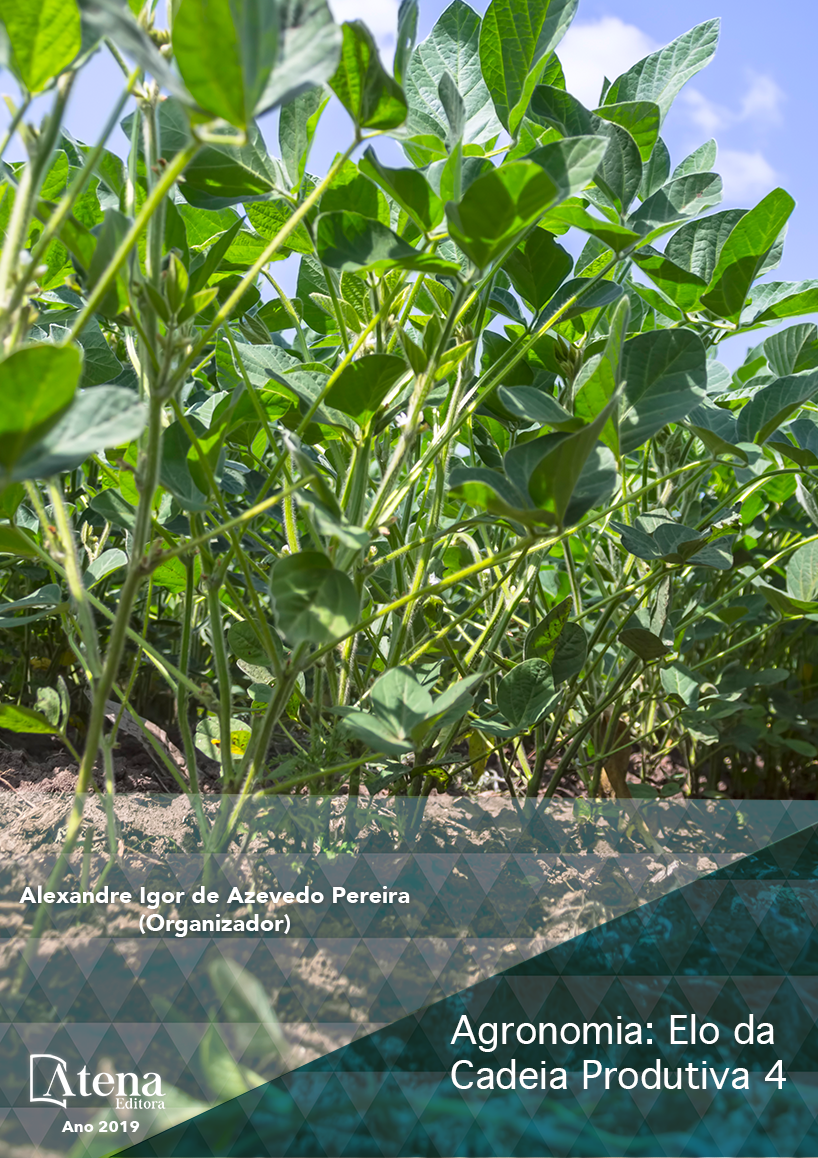
Identificação de gramíneas forrageiras teoria e prática, experiência na docência orientada
A família Poaceae (gramínea)
apresenta no embrião presente em suas
sementes, somente um cotilédone por ocasião
da germinação, apresentando germinação
hipógea. Nessa família estão as gramas
(capins), possuem folhas lineares, flores nuas,
e as inflorescências são espigas, panículas e
racemos. O fruto é uma cariopse. As atividades
teóricas e práticas de identificação das plantas
ocorreram ao longo do primeiro semestre do
ano de 2017 durante a disciplina de docência
orientada do Programa de Pós-graduação em
Sistemas de Produção Agrícola Familiar da
Faculdade de Agronomia Eliseu Maciel/UFPel,
na disciplina de Sistemas de Produção de
Forrageiras do curso superior de Agronomia
turmas M1 e M2. Foram selecionadas 12
espécies forrageiras e suas variações da família
Poaceae, seis de estação fria e seis de estação
quente, as quais se encontravam no período
vegetativo. As plantas foram acondicionadas
em copos plásticos de 500ml de capacidade
com solo, levadas então até a sala de aula.
Em um primeiro momento ocorreu explanação
teórica com auxílio de uma apresentação em
Power point das principais características das
plantas. Posteriormente os alunos tiveram
tempo para analisar e verificar detalhadamente
cada estrutura que as diferencia. Principais
dificuldades dos alunos do Curso de Agronomia
FAEM/UFPel, foram as seguintes: Identificação
das estruturas foliares que diferenciam as
gramíneas de estação fria; Identificação de
características que possibilitam diferenciar
plantas perenes de anuais, seu habito de
crescimento, forma com que a referida espécie
é propagada e manejo de desfolha adequado
para cada espécie.
Identificação de gramíneas forrageiras teoria e prática, experiência na docência orientada
-
DOI: 10.22533/at.ed.43219040415
-
Palavras-chave: Plantas Forrageiras, Poaceae, Identificação, Ensino de Graduação.
-
Keywords: Forage Plants, Poaceae, Identification, Undergraduate Teaching.
-
Abstract:
The family Poaceae (grass)
presents in the embryo present in its seeds,
only a cotyledon at the germination, presenting
hygienic germination. In this family are grasses,
have linear leaves, naked flowers, and the
inflorescences are spikes, panicles and
racemes. The fruit is a karyopus. Theoretical
and practical activities of plant identification
occurred during the first semester of 2017 during the oriented teaching discipline of the Postgraduate Program in Family Agricultural
Production Systems of the School of Agronomy Eliseu Maciel / UFPel, in the discipline
of Systems of forage production of the upper course of Agronomy classes M1 and
M2. Twelve forage species and their variations of the Poaceae family were selected,
six from the cold season and six from the hot season, which were in the vegetative
period. The plants were conditioned in plastic cups of 500ml capacity with soil, then
carried to the classroom. At first, theoretical explanation took place with the aid of a
Power Point presentation of the main characteristics of the plants. Later, the students
had the time to analyze and verify in detail each structure that differentiates them.
Main difficulties of the students of the Course of Agronomy FAEM / UFPel, were the
following: Identification of the leaf structures that differentiate the cold season grasses;
Identification of characteristics that make it possible to differentiate perennial plants
from annuals, their habit of growth, the way in which the species is propagated and the
appropriate defoliation management for each species.
-
Número de páginas: 15
- Carlos Eduardo da Silva Pedroso
- Sandro Roberto Piesanti


